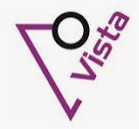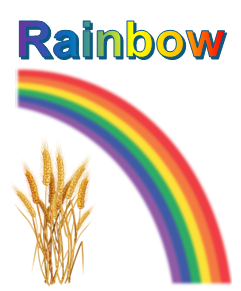
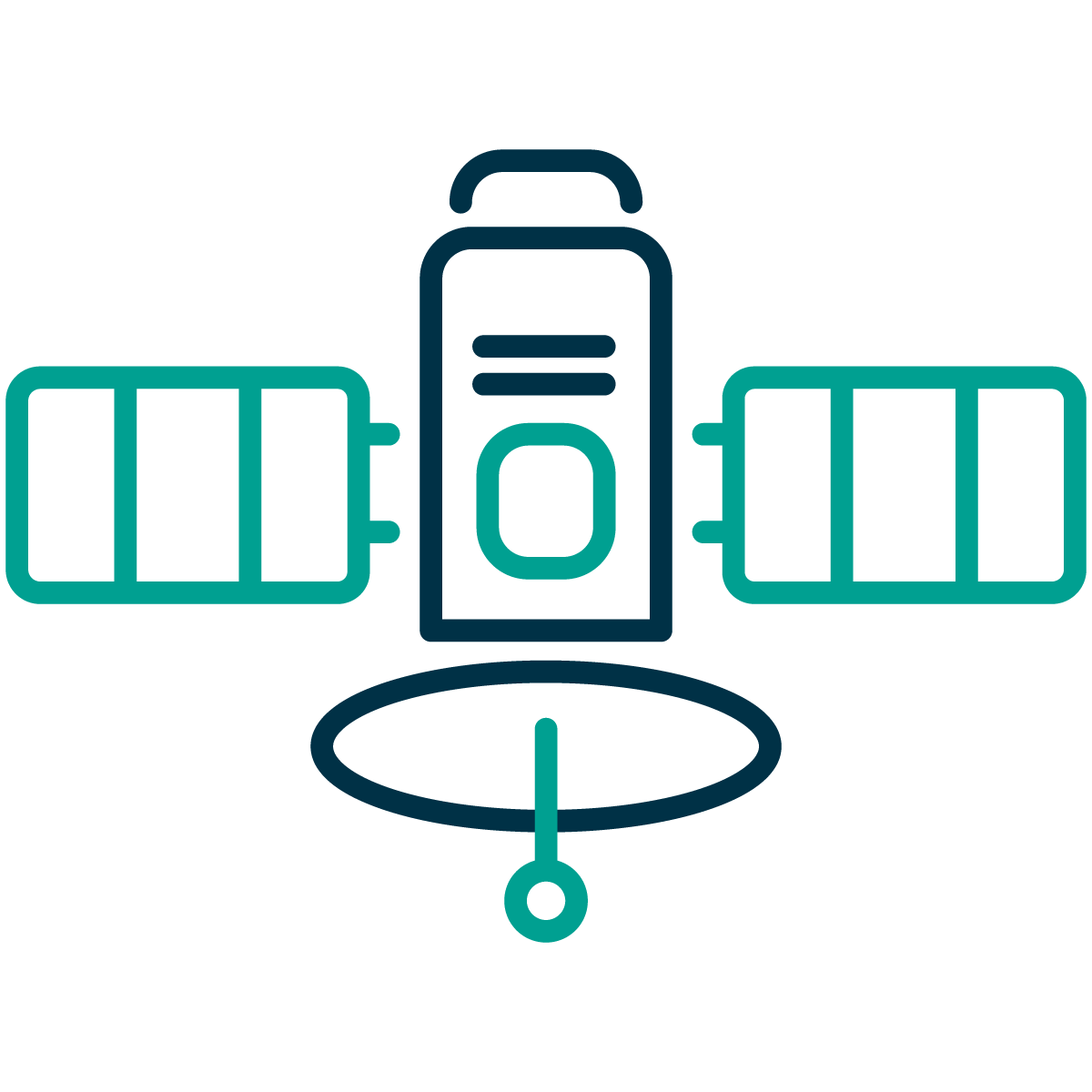 Platform
Platform  Payload
Payload  Ground Stations & Mission Management
Ground Stations & Mission Management 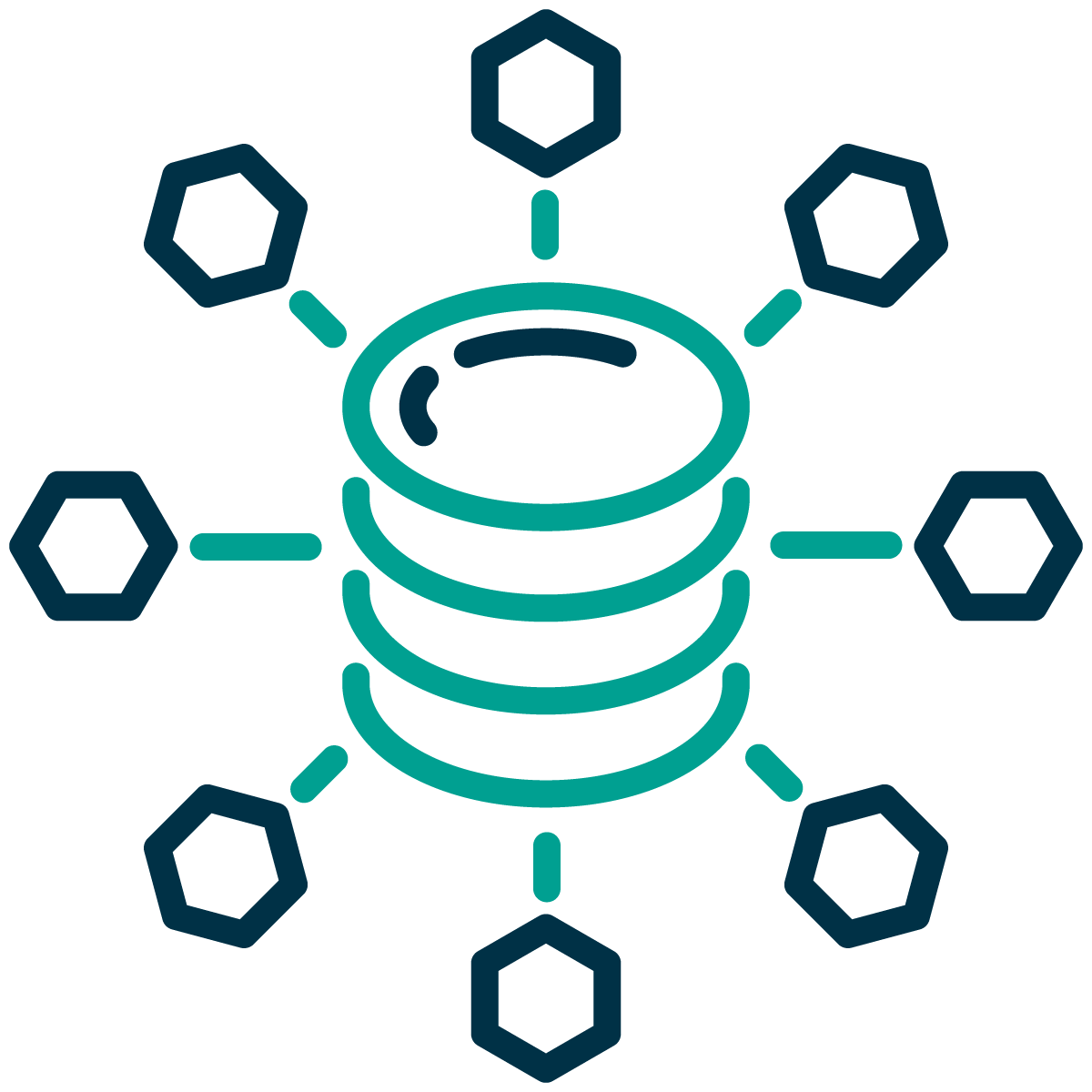 Ground Networks & Data Distributions
Ground Networks & Data Distributions 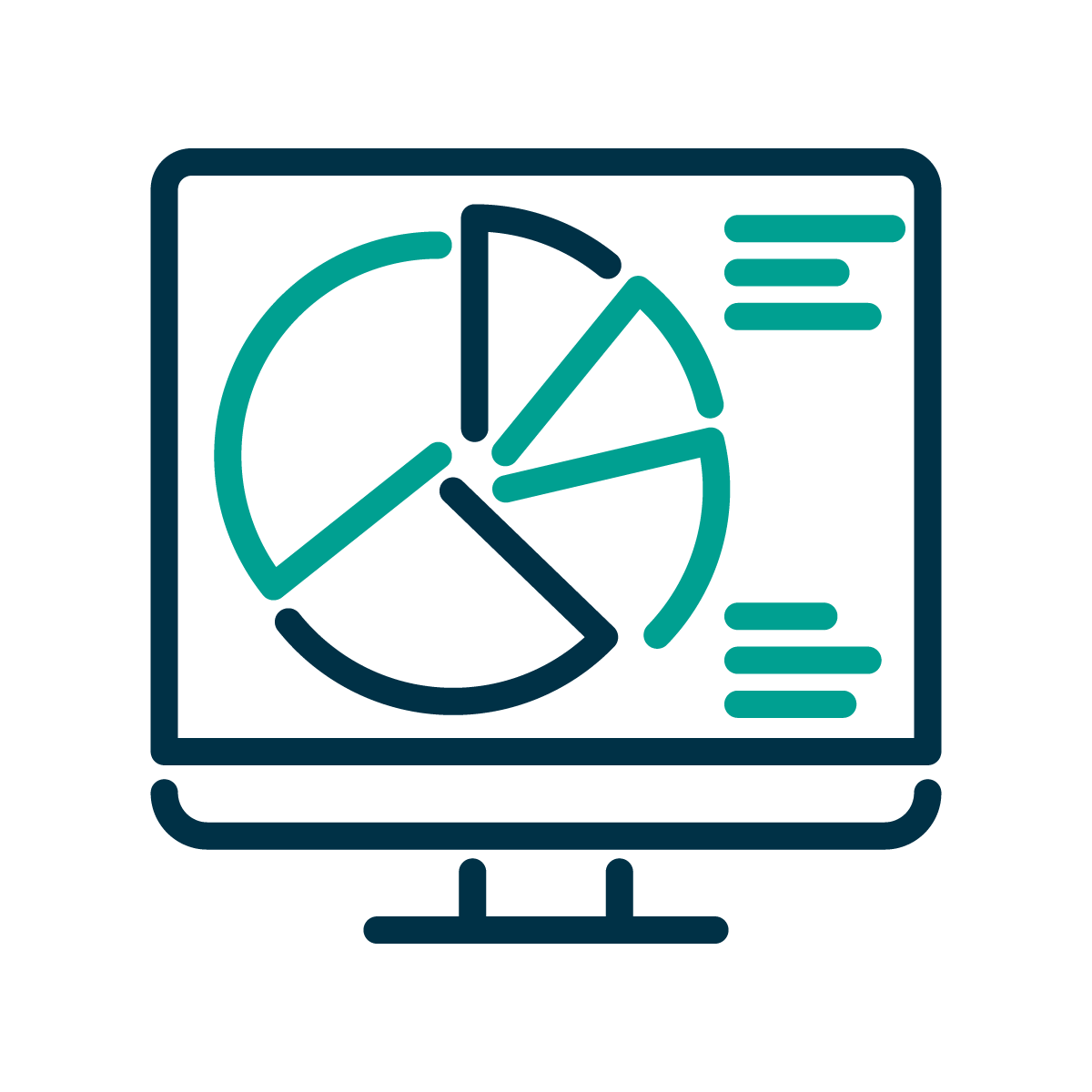 Data Processing & Visualisation
Data Processing & Visualisation  Data Analytics, Insights & Applications
Data Analytics, Insights & Applications Current multispectral data are a solid input data source for agricultural services, but they lack the ability to capture the individual spectral absorption bands that characterize the plant bio-chemical parameters. Those are necessary to go from observation of crops to deep understanding of the causes of what’s happening on the fields, and from qualitative description to quantitative assessment, as a baseline for precision farming on parcel level.
To be able to address the commercial needs, i.e. for accessing the huge smart farming market, a spatial resolution of 20m or better and bands in the spectral range from 0,4 – 1,7 µm are required. Such operational, hyperspectral remote sensing data serving the requirements of enhanced agricultural EO products are presently not available. A key challenge is the typical budget (volume, mass and resulting cost) of a traditional hyperspectral instrument (such as EnMAP or CHIME), leading to satellite costs not compliant with a reasonable commercial business plan. A filter on chip based hyperspectral instrument optimized for agriculture application is expected to solve the issue. Rainbow is based on a cost-efficient design of the compact optical payload on-board a LEO small satellite supported by appropriate data fusion and processing.
Farmers, farm advisors and ag industry are interested in managing fields in a sustainable way where yield is high and inputs are low. With RAINBOW smart farming services, the causes of issues on the field as well as the spread of the issues can be discovered, allowing precise reactions, which in turn leads to profit from stabilized yields and savings from efficiently using input resources. Certification bodies, governmental agencies, NGOs, and carbon traders need to prove carbon sequestration into soils for carbon certification. RAINBOW carbon maps show carbon content in soils in a continuous area-wide manner and allow a reduction in laboratory analysis as well as an increase in temporal frequency of sampling and analysis, leading to better results at lower costs. Farmers, farm advisors, traders, NGOs, governmental agencies are interested in yield quality information such as protein content to fetch highest prices or predict the availability of wheat yield for human consumption. RAINBOW Yield Quality Services will allow for the first time to predict not only yield quantity but also yield quality from space, allowing farmers and NGOs/governmental agencies better planning for the future.
The key customers segments targeted by the RAINBOW products are farmers, farm advisors and agricultural industry world-wide by providing detailed and topical information on the status of their crops and how to manage them best. RAINBOW addresses farmers mainly in Europe, which has the highest ratio of farms with smart farming technology on the field already, but also North-America, Africa and Australia. Additionally, we will also develop services geared towards traders, NGOs, governmental agencies and certification bodies.
With the spectrometer-on-chip approach, the goal is to map the required spectral bands of the application 1:1 onto a transmission-filter integrated directly in front of the detector. In this way, the properties of the spectral channels such as spectral lineshape, are directly related to the transmission of the filter. The difference to multi-spectral instruments is that a larger number of channels can be observed. This is realized by the design of a filter, which is implemented as a ‘pixelated’ filter that realizes a step-pattern allowing for a dedicated transmission over every column of pixels of the detector.
From the RAINBOW spectral data, smart farming products such as irrigation recommendation, yield forecast or soil organic carbon content will be generated and a hyperspectral data cube will be produced for further customized analysis.
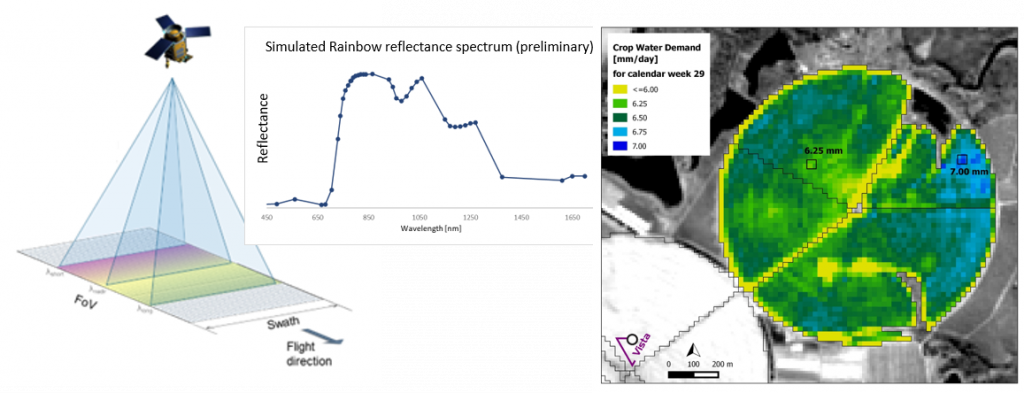
The data products are addressing the sector of agriculture / data-driven farming, which has the following characteristics:
• Global market
• Need to monitor small parcels at least weekly in high resolution imagery
• Very strong price competition (small cost / ha)
• Strong pull towards less impact to environment (wrt. fertilizers and pesticides, low carbon footprint, preservation of biodiversity, etc.)
• Traditional behaviour of end users
In order to be successful on the market the availability of remote sensing data covering the relevant area at least on bi-weekly basis is mandatory. The filter-on-chip based instrument concept is an enabling technology which is a pre-requisite for keeping the cost for acquiring the hyperspectral data reasonably low.
The InCubed+ de-risking activity was kicked-off in December 2022. In preparation of the activity preliminary market assessment and derivation of mission requirements have been performed. Also preliminary requirements to derive the payload design like spatial resolution, spectral resolution and radiometric performances are established. Initial design parameters for the filter and chip are defined and a candidate detector is selected. Trade-off how to mount the filter on the detector and design optimization for the telescope are required to achieve the goal of a low cost instrument design.

